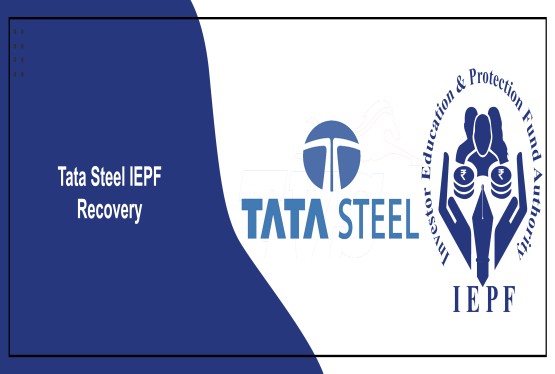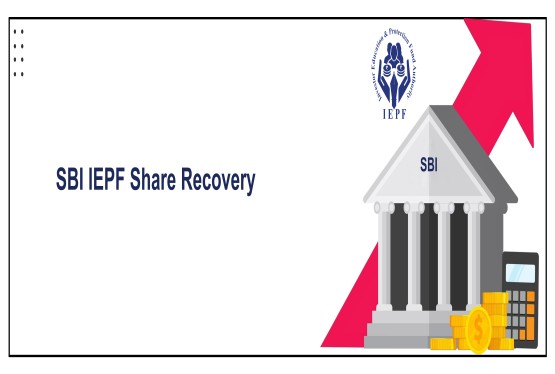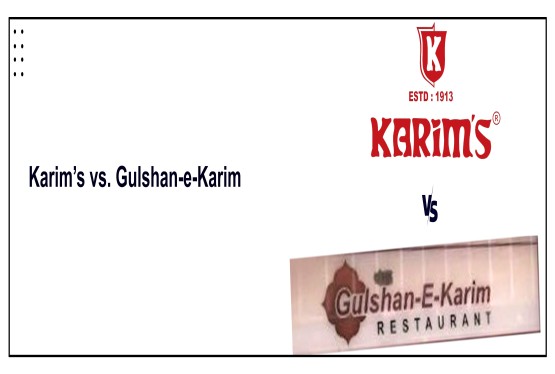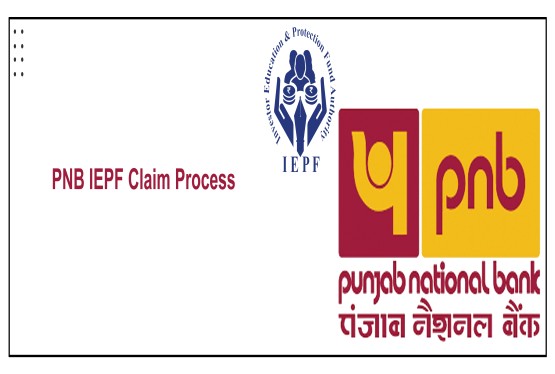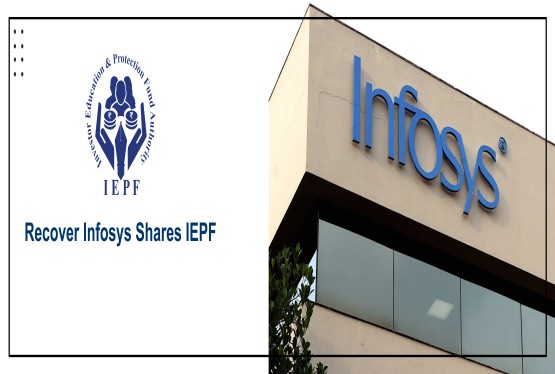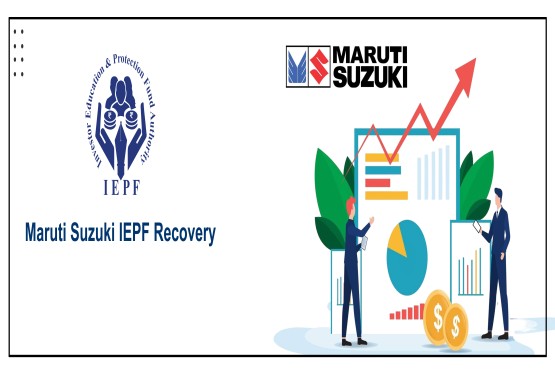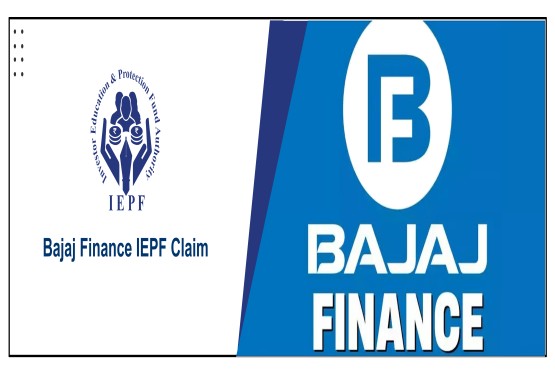The Securities and Exchange Board of India (SEBI) has introduced a new class of investment vehicles known as Specialised Investment Funds (SIF). These funds are designed to fill the gap between traditional mutual funds and Portfolio Management Services (PMS). SIFs aim to serve the evolving needs of investors looking for advanced and more flexible investment strategies but at a lower entry threshold compared to PMS. While PMS typically requires a minimum investment of Rs. 50 lakh, SIFs bring this down to Rs. 10 lakh, thereby making such investment opportunities more accessible.
Background and Evolution of Investment Products in India
Over the years, the Indian investment ecosystem has evolved with multiple options such as Mutual Funds (MFs), PMS, and Alternative Investment Funds (AIFs). Each of these categories is regulated according to the investor profile, level of risk involved, and minimum investment size. SEBI has always followed a segmented, risk-based regulatory approach for each of these categories. However, a noticeable gap has existed between MFs and PMS, particularly in terms of flexibility in portfolio structuring. SIFs are introduced as a bridge between these two segments, allowing investors more tailored exposure to different asset classes and strategies.
Regulatory Framework and SEBI Amendments
To establish the SIF framework, SEBI amended the SEBI (Mutual Funds) Regulations, 1996. The regulatory framework provides the base for launching investment strategies under SIFs, allowing more dynamic asset allocation and strategy implementation while retaining the mutual fund structure. The introduction of SIF enables fund managers to explore advanced strategies with appropriate regulatory oversight.
Eligibility Criteria for Establishing SIF (Specialised Investment Fund)
A registered mutual fund can establish a Specialised Investment Fund (SIF) only after obtaining prior approval from SEBI. The fund must qualify under one of the two routes:
Route 1: Sound Track Record Under this route, the mutual fund must have been in operation for at least 3 years. Additionally, the average Assets Under Management (AUM) in the last three years must not be less than Rs. 10,000 crore. Moreover, neither the sponsor nor the Asset Management Company (AMC) should have faced regulatory action under Sections 11, 11B, or 24 of the SEBI Act, 1992 during this period.
Route 2: Alternate Route If the mutual fund does not meet Route 1 criteria, it may still qualify through the alternate route. In this case, the AMC must appoint a Chief Investment Officer (CIO) for the SIF with a minimum of 10 years of fund management experience and past AUM of Rs. 5,000 crore. Additionally, a secondary fund manager must have at least 3 years of experience and have managed AUM of Rs. 500 crore. Also, there must be no regulatory action against the sponsor or AMC in the last three years.
Minimum Investment Threshold
To ensure that the SIF caters to serious and capable investors, SEBI has mandated a minimum investment amount of Rs. 10 lakh per investor. This amount is calculated at the PAN level and must be exclusive to SIF investments. Investments in other regular mutual fund schemes managed by the same AMC will not be counted toward this threshold. Accredited investors, however, are exempt from this minimum investment requirement.
The AMC can also offer systematic investment plans like SIP, SWP, and STP under SIF strategies while maintaining the minimum investment threshold.
Structure and Types of Investment Strategies under SIF
Each investment strategy under a SIF can be launched as an open-ended, close-ended, or interval strategy. The subscription and redemption cycles are defined based on the nature of the underlying assets and strategy.
Equity-Oriented Strategies
-
Equity Long-Short Fund: This fund mandates a minimum of 80% investment in equity and equity-related instruments, with a maximum of 25% short exposure using unhedged derivatives. It offers daily redemption options, making it relatively liquid.
-
Equity Ex-Top 100 Long-Short Fund: This strategy excludes the top 100 market cap stocks. It requires 65% of investments in other listed equities and allows a maximum of 25% short exposure. Like the first strategy, it offers daily redemptions.
-
Sector Rotation Long-Short Fund: Here, a minimum of 80% of the portfolio must be in stocks from a maximum of four sectors. Short positions are also sector-specific, capped at 25%. This strategy focuses on rotating sectors based on market cycles and trends.
Debt-Oriented Strategies
-
Debt Long-Short Fund: This strategy involves investments across durations in debt instruments. Short exposure can be done through exchange-traded debt derivatives. Redemption is allowed on a weekly basis.
-
Sectoral Debt Long-Short Fund: Investments are made in debt instruments of at least two sectors. No more than 75% can be invested in a single sector, and short exposure up to 25% is allowed. Weekly redemptions apply.
Hybrid Investment Strategies:
-
Active Asset Allocator Long-Short Fund: This strategy includes dynamic asset allocation across equities, debt, derivatives, REITs, InVITs, and commodities. It allows 25% short exposure and offers redemption twice a week.
-
Hybrid Long-Short Fund: Requires a minimum of 25% investment in both equity and debt instruments. It permits short exposures up to 25% and offers twice-weekly redemptions.
Subscription and Redemption Provisions
The frequency for subscription and redemption varies and can be daily, weekly, monthly, or any other suitable interval. It depends on the fund's liquidity and asset nature. Fund managers can determine different frequencies for subscription and redemption. For example, subscriptions can be allowed daily while redemptions happen weekly.
Notice Period for Redemptions AMCs can impose a notice period for redemptions, depending on the fund's liquidity risk. If a notice period is in place, the redemption NAV will be calculated at the end of this period. However, this notice period cannot exceed 15 working days.
Listing of Investment Strategies
To ensure liquidity and exit options for investors, all close-ended and interval strategies must be listed on recognized stock exchanges. Any strategy not allowing daily redemption will be classified as an interval strategy.
Benchmarking of Investment Strategies
Each SIF strategy will follow a single-tier benchmark structure. Optionally, a second-tier benchmark may also be provided. Benchmark selection depends on the fund’s portfolio. For example:
-
Equity strategies may use indices like BSE Sensex, NSE Nifty, BSE 100, or CRISIL 500.
-
Debt strategies may use broad market indices representing debt markets.
-
Hybrid strategies will follow composite or multi-asset benchmarks.
Distribution Norms
Entities already distributing mutual funds can distribute SIFs as well. However, they must pass the NISM Series-XIII Common Derivatives Certification Examination. AMFI and AMC are responsible for ensuring compliance among their agents and distributors.
Mandatory Disclosures in Offer Documents
Offer documents for SIFs must carry adequate disclosures to help investors understand the product’s risk profile. Disclosures should include details about strategies, redemption timelines, risk levels, and associated charges. SEBI may issue further guidelines on the format and nature of these disclosures.
Risk Band (Risk Meter)
Similar to mutual funds, each SIF strategy will be classified under a “Risk-band” from Level 1 (Lowest Risk) to Level 5 (Highest Risk). This classification will be displayed pictorially and will be reviewed monthly. Any changes will be disclosed via notices and emails or SMS to unitholders. The AMC must disclose the risk level as of March 31 each year, along with how often it changed.
Key Features of SIFs vs PMS and Mutual Funds
SIFs combine the structure and tax benefits of mutual funds with the flexibility of PMS. While mutual funds offer simplicity and are retail-friendly, PMS offers bespoke strategies at a high cost. SIFs sit in between—allowing more sophisticated strategies but still under mutual fund regulations.
SIFs also have capped investment limits—no more than 10% in a single listed equity and 20% in debt securities from one issuer (excluding G-secs and T-bills). This reduces concentration risk.
Fee Structure and Fund Management
Since SIFs are governed under the mutual fund framework, their fee structures will align with Regulation 52 of SEBI’s Mutual Fund Regulations. Additionally, fund managers of SIFs must hold a valid NISM certification to ensure investor protection.
Conclusion
The introduction of Specialised Investment Funds (SIF) by SEBI marks a significant development in the Indian capital market. It introduces a new tier of investment opportunities designed to meet the growing appetite of investors looking for more advanced and dynamic strategies. With a regulated framework, flexible structures, and a relatively low entry threshold of Rs. 10 lakh, SIFs aim to bridge the gap between traditional mutual funds and PMS. For AMCs and investors alike, SIFs offer a well-structured, risk-moderated, and strategy-rich investment avenue.
As the SIF market matures, it is expected to evolve with more strategy options, better risk control mechanisms, and improved investor participation—eventually deepening the Indian investment ecosystem.
FAQs
Q1. What is a Specialised Investment Fund (SIF)?
Ans. A Specialised Investment Fund (SIF) is a new class of investment product introduced by SEBI that sits between Mutual Funds (MFs) and Portfolio Management Services (PMS). It allows for advanced investment strategies like long-short equity or hybrid asset allocation, with a lower entry threshold of Rs.10 lakh per investor, compared to Rs.50 lakh for PMS.
Q2. Who can launch a Specialised Investment Fund in India?
Ans. Only SEBI-registered Mutual Funds that meet specific eligibility criteria can establish SIFs. They must either have a solid track record with high average AUM or appoint experienced fund managers as per SEBI’s alternate route requirements. Prior SEBI approval is mandatory before launch.
Q3. What is the minimum investment amount required for SIF?
Ans. The minimum investment threshold for SIF is Rs.10 lakh per investor, calculated at the PAN level. This threshold applies to all strategies under the SIF umbrella and is separate from investments in regular mutual fund schemes of the same AMC. However, accredited investors are exempt from this limit.
Q4. How are SIF investment strategies structured?
Ans. SIF strategies can be open-ended, close-ended, or interval-based. These include equity long-short, debt long-short, and hybrid strategies like active asset allocation. Each category has defined minimum investment limits, short exposure caps, and redemption frequencies to manage liquidity and risk.
Q5. Are SIF units listed on stock exchanges?
Ans. Yes, all close-ended and interval-based SIF strategies must be mandatorily listed on recognised stock exchanges. This provides an exit route for investors, especially for strategies that do not allow daily redemptions.
Q6. Who can distribute SIF products?
Ans. Entities that distribute mutual funds can also distribute SIFs. However, they must pass the NISM Series-XIII: Common Derivatives Certification Examination. This ensures distributors understand the complex and high-risk nature of SIF strategies.
Q7. How is the risk of SIF strategies disclosed to investors?
Ans. Each SIF investment strategy is assigned a “Risk-band” ranging from Level 1 (Lowest Risk) to Level 5 (Highest Risk). This pictorial risk meter is reviewed monthly, and any change is communicated through notices, emails, or SMS. The risk level as of March 31 and its annual movement must be published on AMC and AMFI websites.

_learn_crop6_thumb.jpg)









































































_crop10_thumb.jpg)


































































_crop10_thumb.jpg)
_crop10_thumb.jpg)



_crop10_thumb.jpg)


_crop10_thumb.jpg)





_crop10_thumb.jpg)

_crop10_thumb.jpg)














-suratgujarat-section-158_crop10_thumb.jpg)
-suratgujarat_crop10_thumb.jpg)
-(33)_crop10_thumb.jpg)



-ahmedabad_crop10_thumb.jpg)
-learn_crop10_thumb.jpg)

-learnn_crop10_thumb.jpg)



























































_crop10_thumb.jpg)























_Guidelines_learn_crop10_thumb.jpg)























_crop10_thumb.jpeg)










_crop10_thumb.jpg)




_Second_Amendment_Rules,_2025_learn_crop10_thumb.jpg)







_learn_crop10_thumb.jpg)































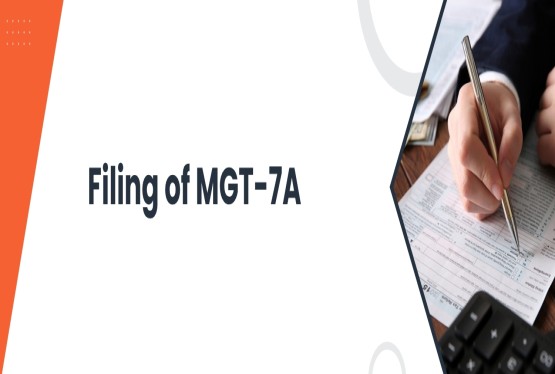












_learn_crop10_thumb.jpeg)











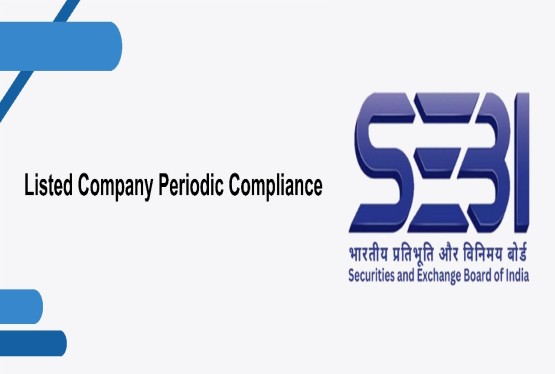

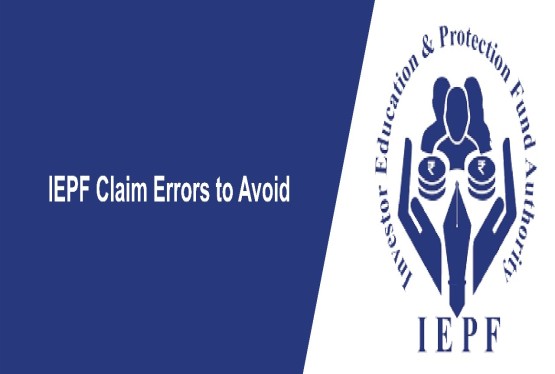


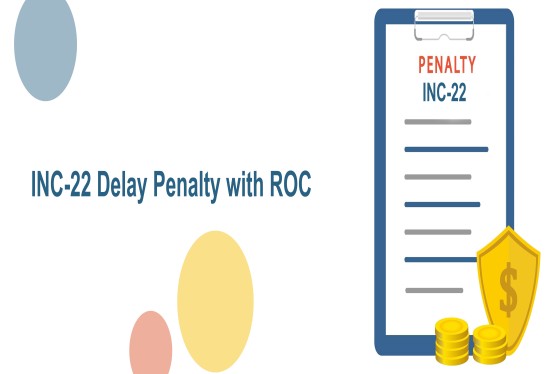
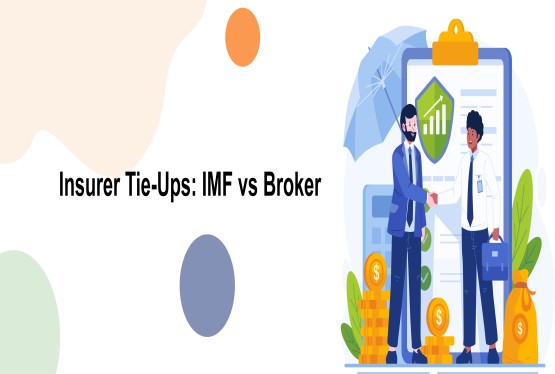

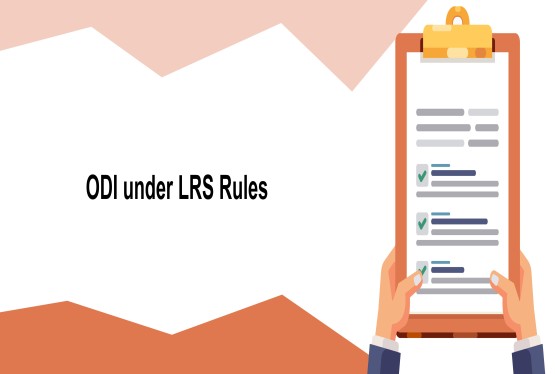
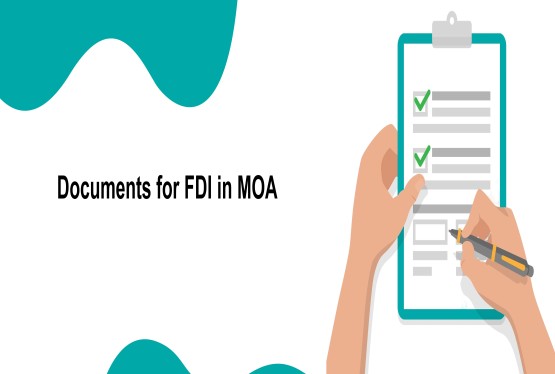


_learn_crop10_thumb.jpg)
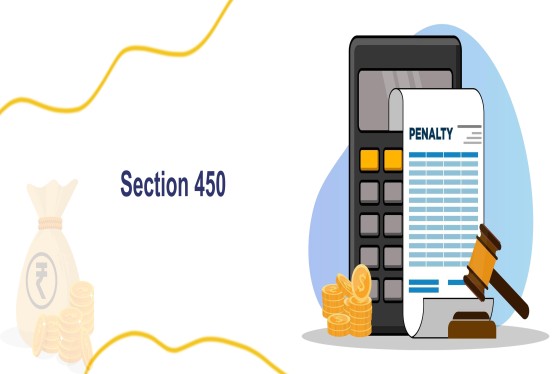


_rd_roc_learn_crop10_thumb.jpg)




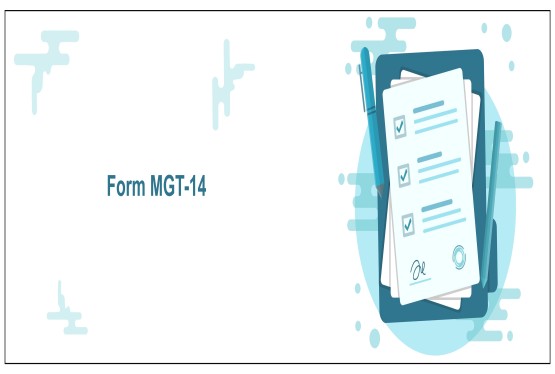

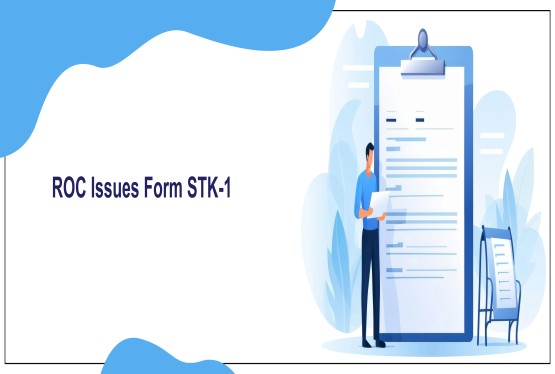

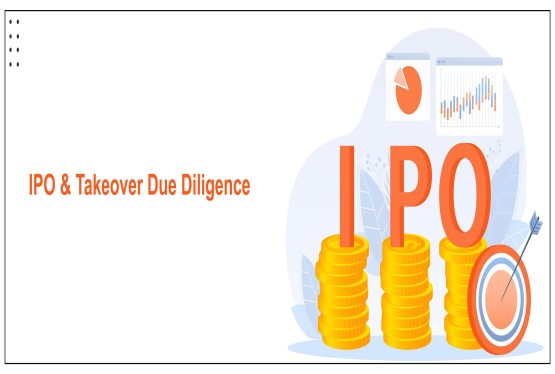







_learn_crop10_thumb.jpg)









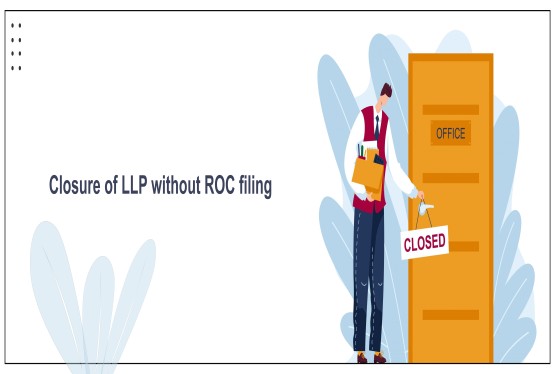
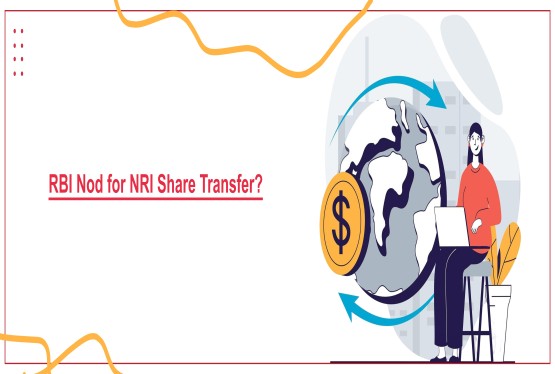

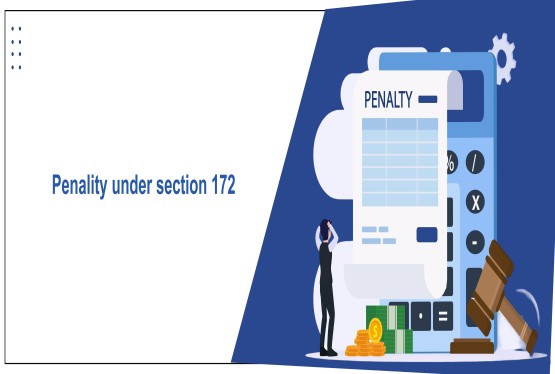

_learn_crop10_thumb.jpg)
_Learn_crop10_thumb.jpg)










